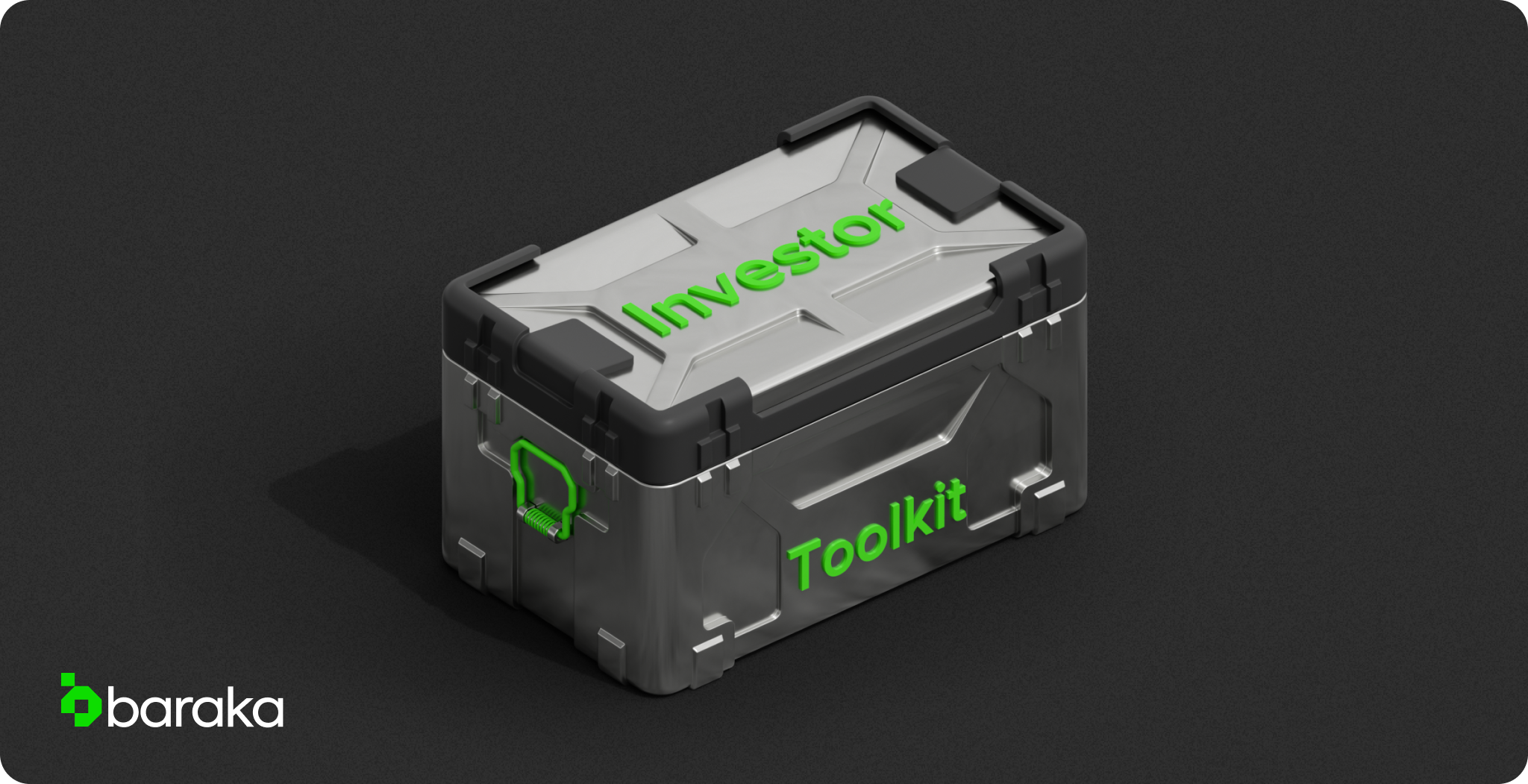Building an investment portfolio can seem complicated, pushing away beginner investors. But it doesn’t have to be—anyone can start investing with the right knowledge, tools, and a little bit of research. It’s important to note that all investing comes with risks; there’s no guarantee that you’ll make a profit or that you won’t lose money.
Key takeaways:
- An investment portfolio is a collection of assets like stocks, bonds, mutual funds, and exchange-traded funds.
- It’s important to diversify investments in your portfolio.
- The four steps to building an investment portfolio are: opening an investment account, deciding on your asset allocation, picking your assets, and rebalancing as necessary.
- Financial markets are volatile—they can work against you as easily as they can work in your favor.
What is an investment portfolio?
An investment portfolio is simply a collection of assets like stocks, bonds, and exchange-traded funds. Investment portfolios are more of a concept, not a physical item, since almost all investing is done digitally now, but it’s helpful to view all of your individual investments as pieces of a bigger picture. For example, you might have multiple investment accounts, like a retirement savings account and a brokerage account, and it’s important to look at them collectively when deciding how to invest them.

How to build an investment portfolio in 4 easy steps
What comes to mind when you think about building an investment portfolio?
If you picture spending hours picking individual stocks, watching their performance each day, and buying and selling constantly, you’re in for a pleasant surprise. For the average investor, it’s much less involved. You can build long-term wealth with an investment portfolio with minimal effort after the initial setup.
Here’s how to build an investment portfolio for beginners.
Step 1: Open an investment account
The first thing you need to do as a new investor is choose the right investment account for your needs. For most investors, this means opening a regular, taxable brokerage account that allows you to invest in stocks, bonds, mutual funds, and exchange-traded funds. With these accounts, you’ll have to pay tax on your investment profits and dividends, but you’re free to withdraw your money at any time. You can open an investment account with any online broker.
When opening an investment account, it’s important to understand the fees that come with it. While some may be clearly stated, others might not be so obvious. Make sure to ask questions about:
- The total fees for purchasing, maintaining, and selling your investments
- Ways to reduce or avoid certain fees
- Account maintenance fees
Baraka is a 100% free investing app—invest with zero trading fees and no hidden charges.
Step 2: Decide on your asset allocation
Asset allocation is simply the percentage of each type of asset your investment portfolio contains (we’ll cover those in the next step). Two important items to consider when allocating your assets are your age and future income needs. For example, single investors in their 20s will have a drastically different investment portfolio than someone in their 40s or 50s who plans on retiring soon and might be thinking about paying for a child’s college education with their retirement account.
Your personality also plays a role in your investment portfolio’s asset allocation. Would you rather accept the potential of losing money for a chance at higher returns, or does the thought of watching your investments take a short-term fall stress you out? This is known as your risk tolerance, and you’re the only one who can decide on the right for you.
Here’s one of many ways to allocate your assets: Subtract your age from 110 and use that number to determine how much of your investment portfolio you should allocate to stocks. For example, if you’re 25, you would consider allocating about 85% of your assets to stocks, while the other 15% of your investment portfolio would consist of other things, like bonds. As with all aspects of investing, only you can decide what the right asset allocation for you is—there’s no one-size-fits-all strategy.
Step 3: Pick your assets
After you’ve decided how you want to allocate your assets, it’s time to pick them and distribute your investment capital between various assets. When you’re building an investment portfolio or making any type of investment, diversification is important. Basically, don’t put all of your money into a single industry—spread it out over various stocks, bonds, funds, and markets. Here’s a quick rundown of the most popular assets to include in your investment portfolio:
- Stocks. Buying stocks is like buying a little bit of ownership in a company. You can invest in individual stocks or "baskets" of stocks through mutual funds, index funds, or exchange-traded funds. Individual stocks typically carry the most risk but have the greatest potential for high returns.
- Bonds. When you buy a bond, it's like making a loan to the government or a company that they pay back, with interest, at a later date. They have less risk than stocks, but the returns are generally lower.
- Exchange-traded funds (ETFs). ETFs are traded throughout the day like individual stocks. These are another great way to add diversification to your portfolio: You can buy a basket of assets without having to purchase the stocks individually. ETFs are passively managed.
Step 4: Rebalance your investment portfolio
Now that you've chosen an investment account and picked/allocated your assets, your investment portfolio is complete! So, what comes next?
Over time, your asset allocation might become unbalanced, and you'll have to make some changes. It's a good idea to analyze and rebalance your investment portfolio every 6–12 months or if one of your asset classes (stocks, bonds, etc.) shifts by a large percentage. For example, in Step 2, we said we'd allocate 85% of our assets to stocks, but what if we check in and see that it jumped to 90%? You can rebalance your investment portfolio by selling some of the stocks and investing that money back into other assets until your stock allocation goes back down to 85%.
Build your investment portfolio with Baraka
Now that you know how to build an investment portfolio, it’s time to start investing in your future! However, remember that investing is risky by nature, and there’s no guarantee that your investments will be profitable.
Whether you're an active investor or want to grow your wealth passively, baraka can help you achieve your financial goals. View our free resources to learn how to make your money work for you and get started with Baraka today to invest in over 6,000 U.S. stocks and ETFs.

